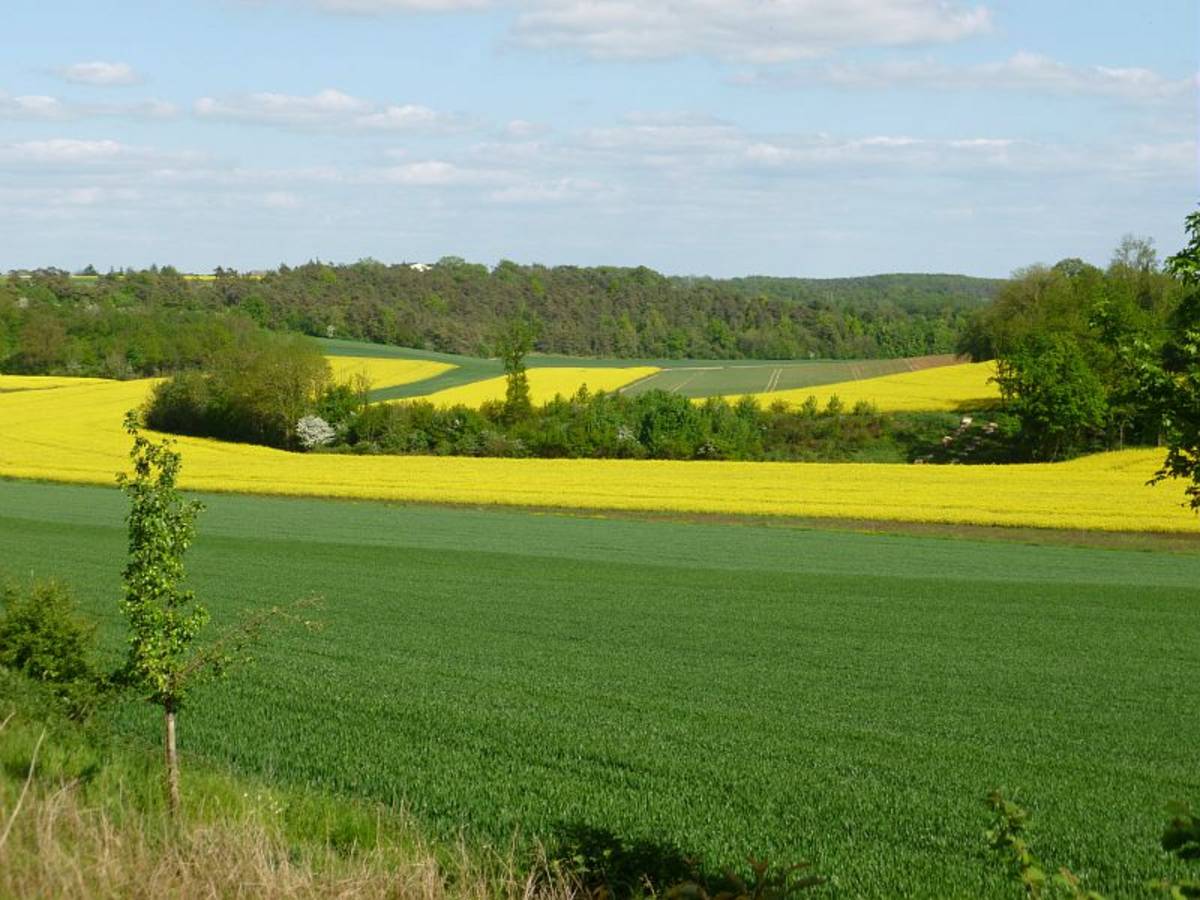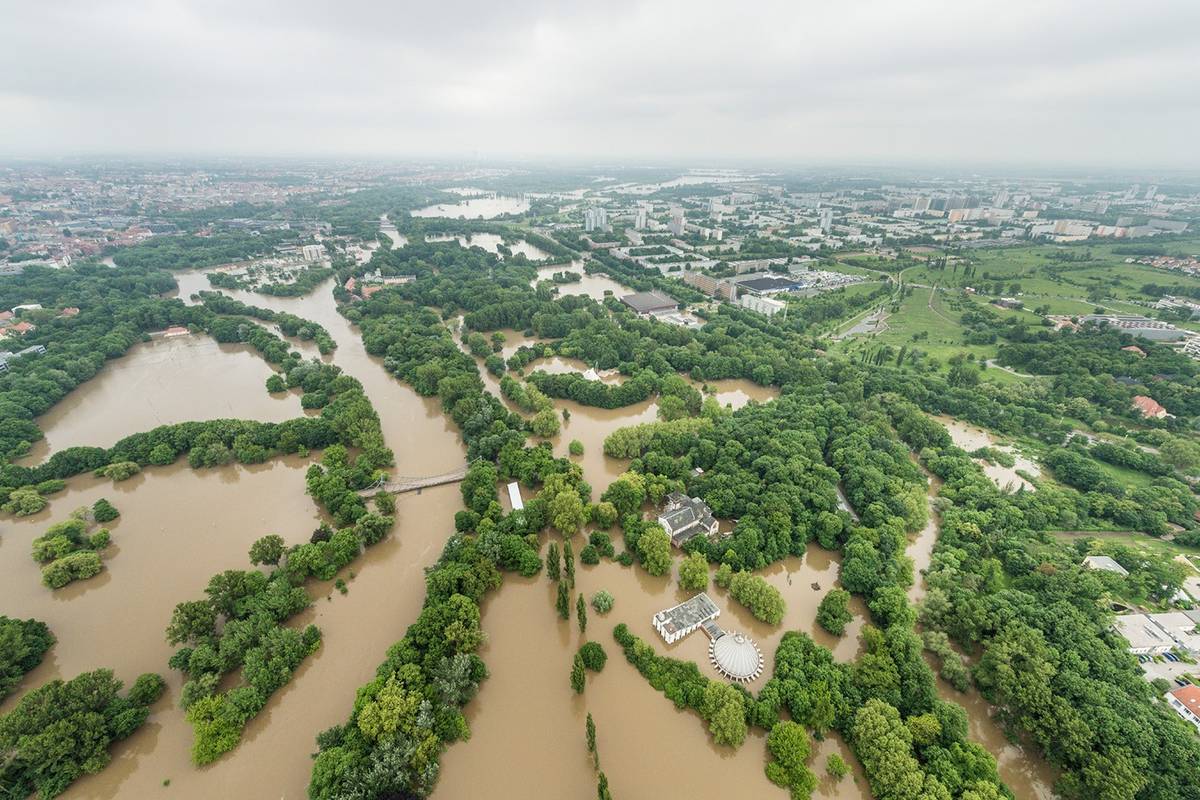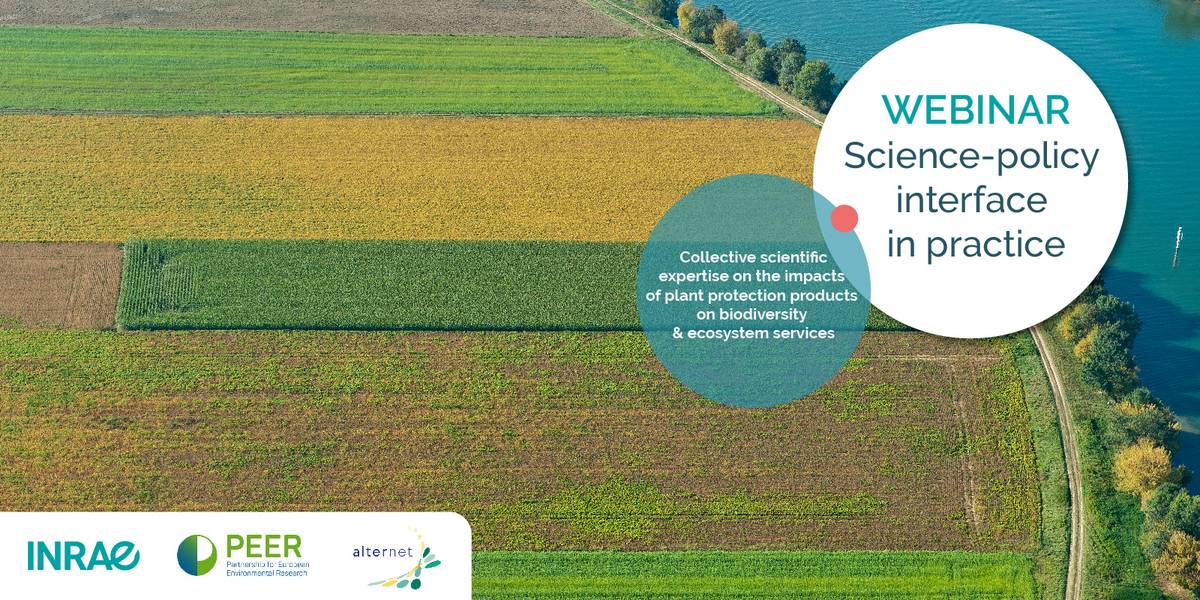You can select

How do extensive farmers experience their bumps and highs?
Grasslands are increasingly intensively managed as more food is produced on less land. Farmers doing extensive farming - larger plots with fewer crops or animals - are slowly disappearing. How do extensive farmers experience it themselves and why do...
read more
Alarming number of people worldwide suffer high levels of acute food insecurity
The Global Report on Food Crises (GRFC) 2024 identifies armed conflicts as the major driver of food insecurity, and the food crisis in the Gaza Strip as the worst in eight years.
read more
Cut pesticide use, but how?
The use of pesticides is heavily debated. On paper, it's possible to significantly reduce pesticide usage through clever interventions, but reality proves to be more challenging. Successful green innovation requires knowledge of plant cultivation,...
read more
The TSARA initiative confirms its commitment to transforming agrifood systems through research and innovation in partnership with Africa
Launched in March 2022, the TSARA Initiative - Transforming Food Systems and Agriculture through Research in Partnership with Africa – including 22 members from African and French institutions across 14 different countries, held its second general...
read more
Impacts of the European Green Deal on the agrifood sector
Researchers at INRAE analysed the market and non-market impacts of the European Green Deal on the European agrifood system. Substantial positive impacts on the climate, the environment and public health require simultaneous action on agricultural...
read more
Land under water - what causes extreme flooding
According to UFZ researchers, the more flood driving factors there are, the more extreme a flood is.
read more
There are large accumulations of plastics in the ocean, even outside so-called garbage patch
When plastic ends up in the ocean, it gradually weathers and disintegrates into small particles. If marine animals ingest these particles, their health can be severely affected. Large accumulations of plastic can therefore disrupt the biological...
read more
The global landscape of biotech innovation: state of play
Analysis of patented biotechnology inventions worldwide shows how the EU positions itself compared to the US and China.
read more
Climate-related financial risks are a major challenge
JRC scientists support the European Environment Agency in mapping out the climate risks that Europe needs to prepare for over the next decade, identifying financial risks as a particular concern.
read more
Mapping chemical footprints in European streams
It is well known that if chemicals from domestic sources enter water bodies via sewage treatment plants, agriculture, and industry, this can endanger freshwater ecosystems. In order to find out more about the pollution of European rivers, a research...
read more
Lake Ecosystems: Nitrogen has been underestimated
Study shows: Algae growth in shallow lakes around the world is affected not only by phosphorus but also by nitrogen
read more
New trade agreements to result in positive cumulative impact on EU agri-food trade balance
Ten upcoming free trade agreements (FTAs) will diversify trade sources, thus improve the resilience of EU food supply chains, according to a new JRC study.
read more
Too much ‘seasoning’ in our rivers: More water scarcity due to future pollution
Many people across the world face water scarcity. Not only because of changing availability of water, but also because of pollution.
read more
Less than one-fifth of EU plastic was recycled in 2019, but 2025 targets can be still reached
Combined actions such as reduced waste export and increased separate waste collection could more than double the amount of recycled plastic in the EU
read more
Hidden health risks of endocrine disruptors?
Endocrine disruptors are chemical substances that may mimic endogenous hormones and thereby interfere with the endocrine system. The EU research project ENDOMIX, coordinated by the Helmholtz Centre for Environmental Research (UFZ) in Germany, started...
read more
Many Devastating Extremes in 2023 were amplified by Global Warming
In 2023, the world reached new record temperatures, with an unprecedented global mean temperature of 1.48°C above pre-industrial levels. These record temperatures strongly increased the intensity of heatwaves, droughts and extreme rainfall associated...
read more
A recipe for sustainable bioeconomy: collaborate, engage locally, involve consumers
The JRC put together policy makers, primary producers, consumers and businesses, tasking them with imagining the bioeconomy of the future. Policy recommendations from this exercise are now out.
read more
Alternet and PEER webinar: Science-policy interface in practice
INRAE is organizing a PEER-Alternet Science-policy interface webinar on January 11, from 1:30pm to 3pm CET. The webinar will focus on the example of a collective scientific expertise at the request of public authorities on the impacts of plant...
read more
The rise in biomass production and use points to a growing bioeconomy: is this resource limitless?
A new summary for policymakers report quantifies the biomass supply and uses in the EU and cautions against over-optimism on the availability of this limited, albeit renewable, resource.
read more
EU observatory covering deforestation and forest degradation worldwide goes live
Today, the JRC-managed observatory on deforestation and forest degradation goes online – it will help protect and restore world’s forests and ensure that Europeans consume deforestation-free products.
read more
Soil research in the EU: R&I investment and “walk the talk” key to soil health
The EU is an example of investment in soil research, overall soil health and sustainable soil management, a JRC review of 40 years of EU-funded soil research shows.
read moreTraining course in hydrometry - river discharge monitoring using ADCPs, 26-29 February 2024
A very practical hydrometry training workshop on using ADCPs for river discharge monitoring
read more
How to write highly-cited papers - interactive online course, 21 & 22 February 2024
Are you tired of pouring your heart and soul into research papers, only to see them go unnoticed? Do you dream of writing impactful scientific papers that will be cited again and again? Look no further! Our intensive workshop is designed to help you...
read more
Training course on field electronics and sensors - 13 & 14 March 2024
This practical course at UKCEH, Edinburgh, UK will give you an introduction to electronics as applied to environmental sensors in the field and go on to assemble and install the solar power component, build and test a simple data logger, add...
read more
PEER Webinar on Climate Action 15. Nov
Risk assesment in Climate Change - meet the scientists from JCR.
read more
Imagining a nature-based future for Europe in 2120
Climate change and biodiversity loss are the biggest challenges for the 21st century. The world is already 1.2 °C warmer and the impact of climate change such as heat waves, wild fires, floods and drought are being experienced around the globe. Also...
read more
Finnish Research Consortium Pioneers AI Breakthrough in sustainable Mineral Exploration with €5.6 Million Project
The partnership of the Finnish Environment Institute (Syke), the Geological Survey of Finland (GTK), the University of Turku and industrial collaborators brings together leading researchers in the fields of mineral prospectivity mapping, machine...
read more
PEER webinar: What dirty waters can tell us...
How can wastewater-based surveillance support public health? Wastewater surveillance and the related epidemiological assessment emerged during the COVID-19 pandemic. PEER webinar 18. October 2023 @ 11-12.30.
read more
New analysis on current and future global water quality available
Globally, approximately 40 percent of domestic wastewater is still discharged untreated. At the same time, reliable information on water quality in rivers and lakes is lacking, especially in developing and emerging countries. Therefore, the World...
read more
Changes in the natural environment of the north will be rapid and partly irreversible
With the climate measures already decided, Lapland will grow up to 2–3 degrees warmer than today over the next 50 years, or 4–5 degrees compared to pre-industrial levels. This is revealed by a temperature analysis focused on Northern Norway and...
read more